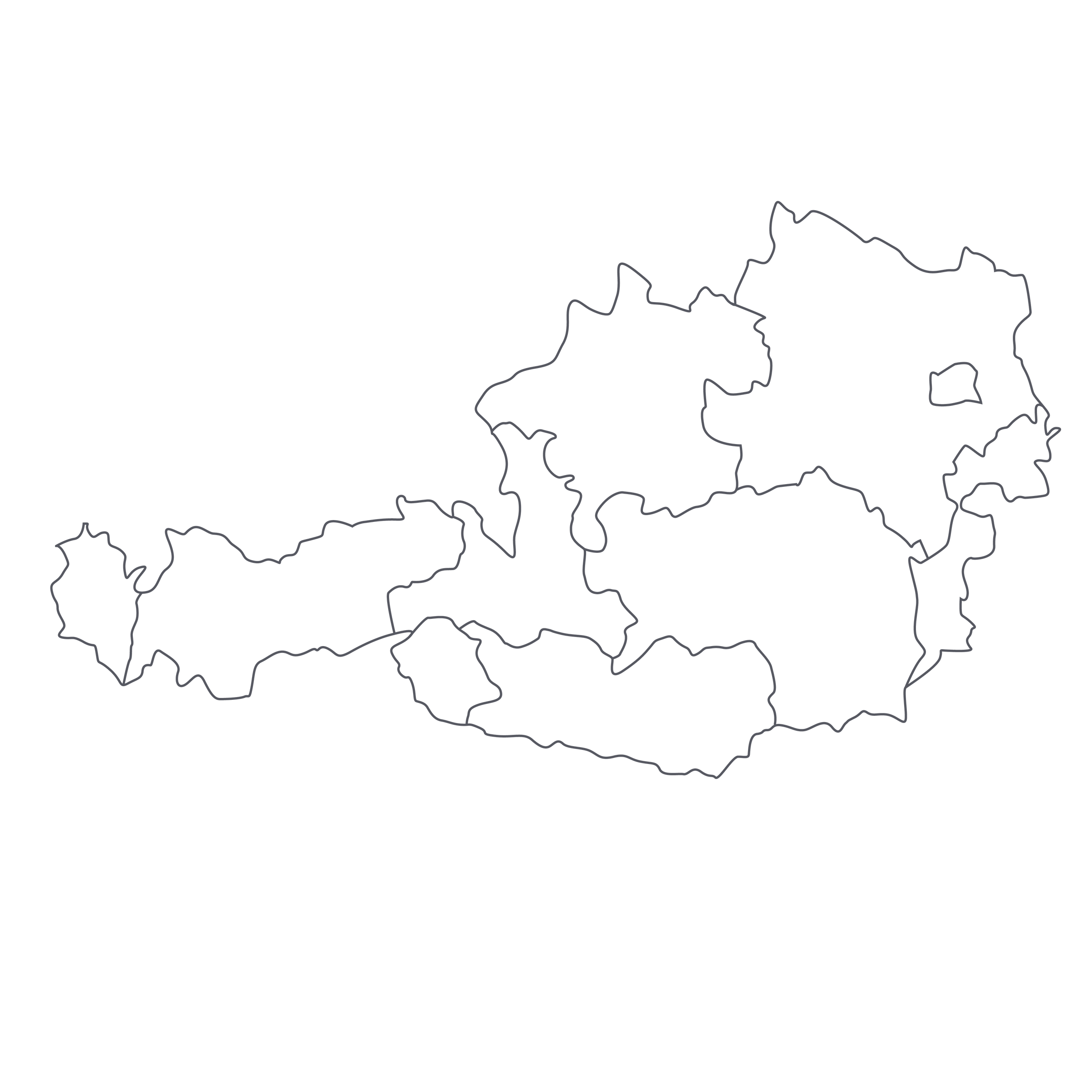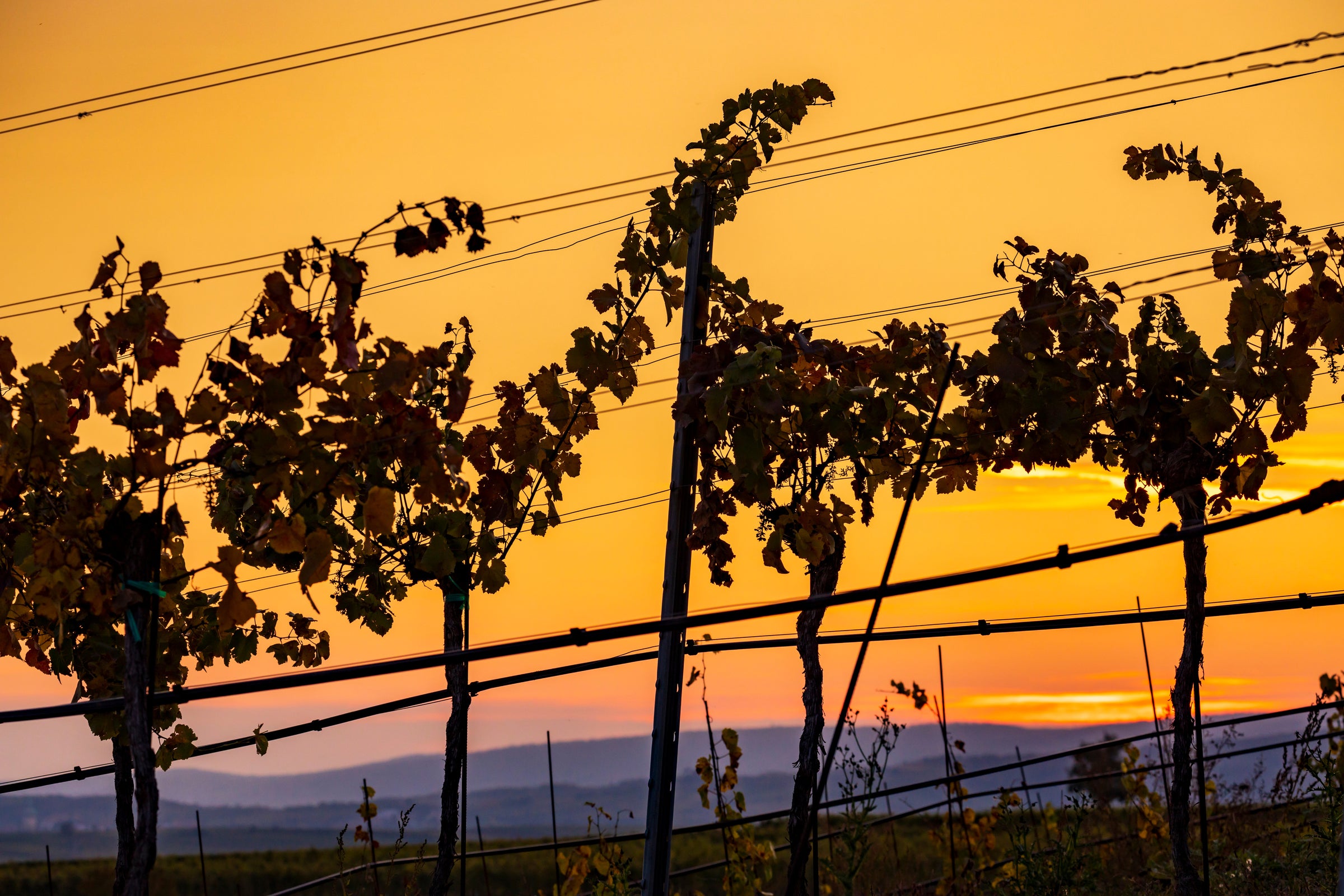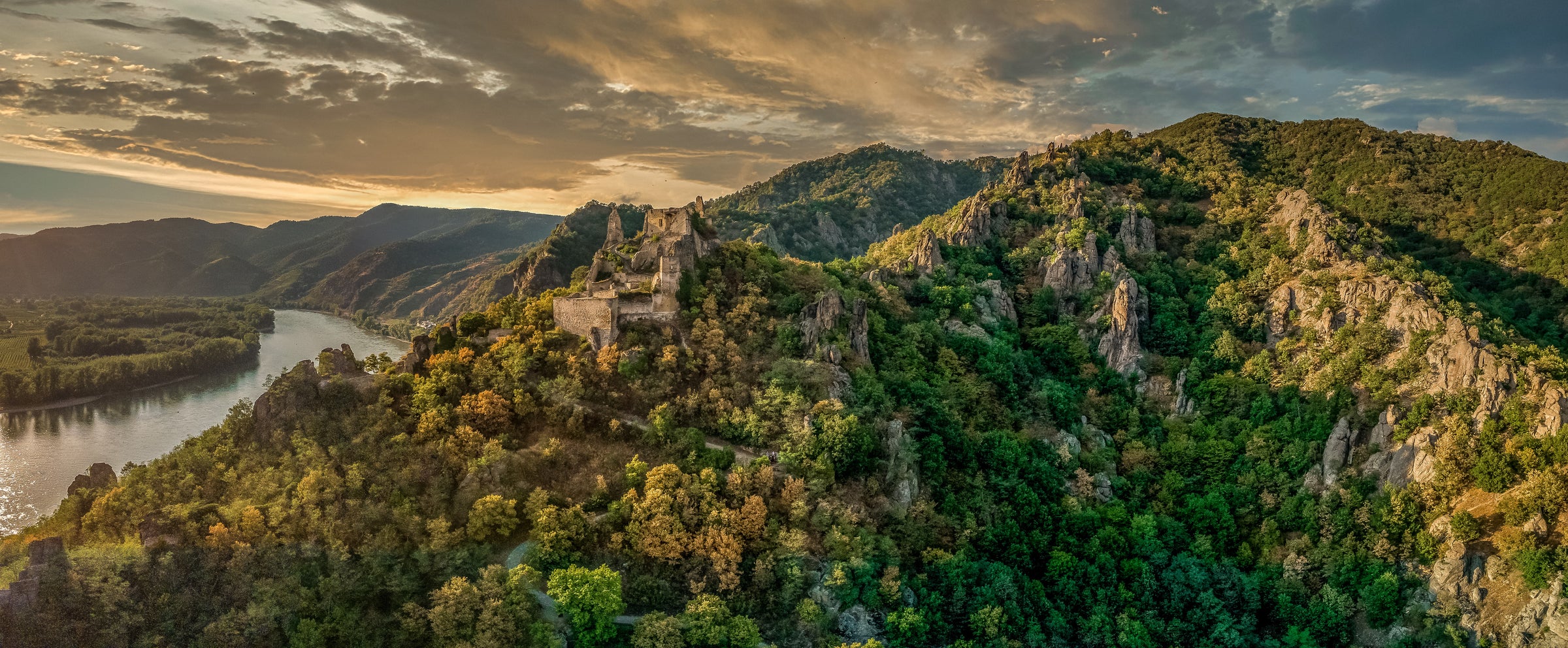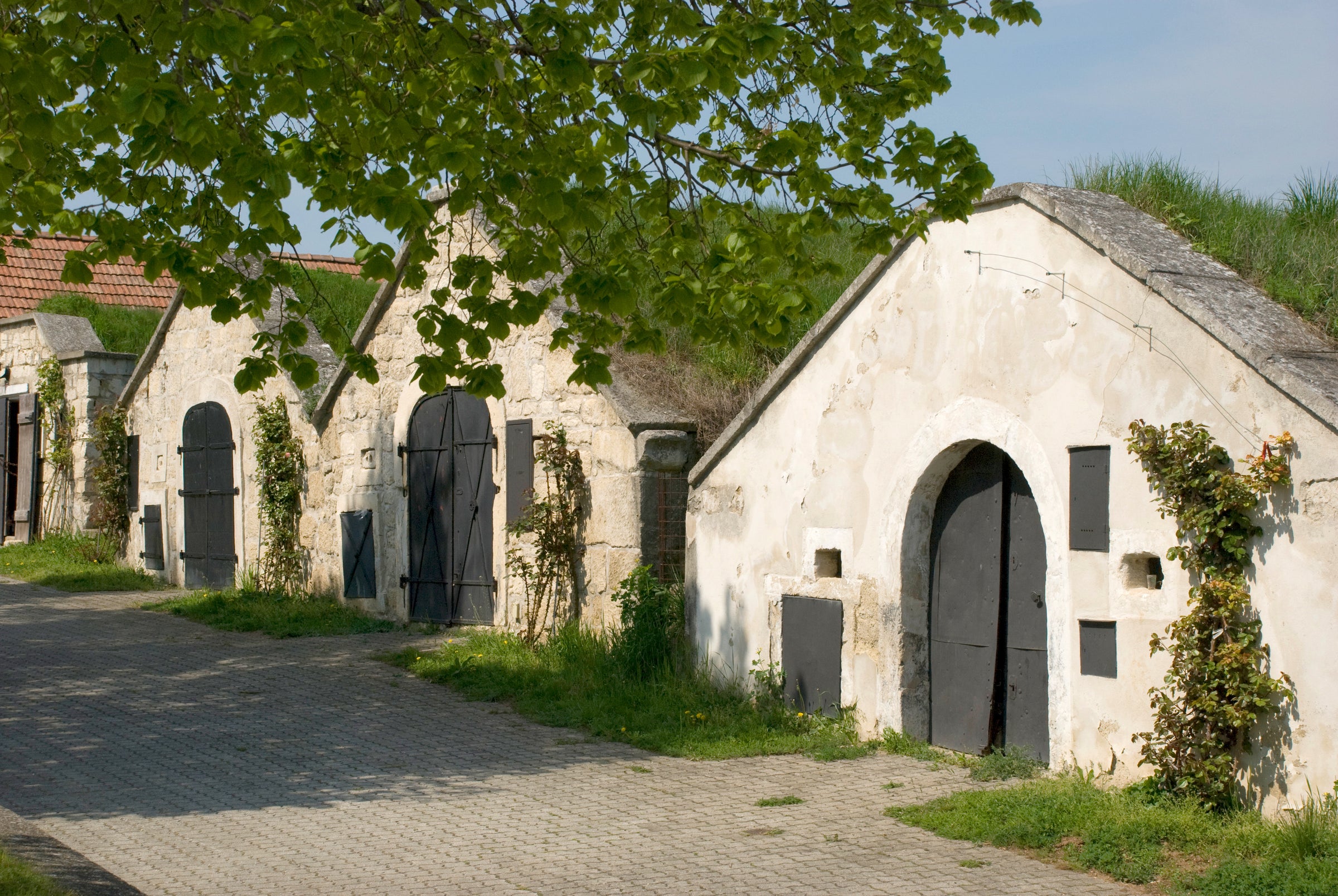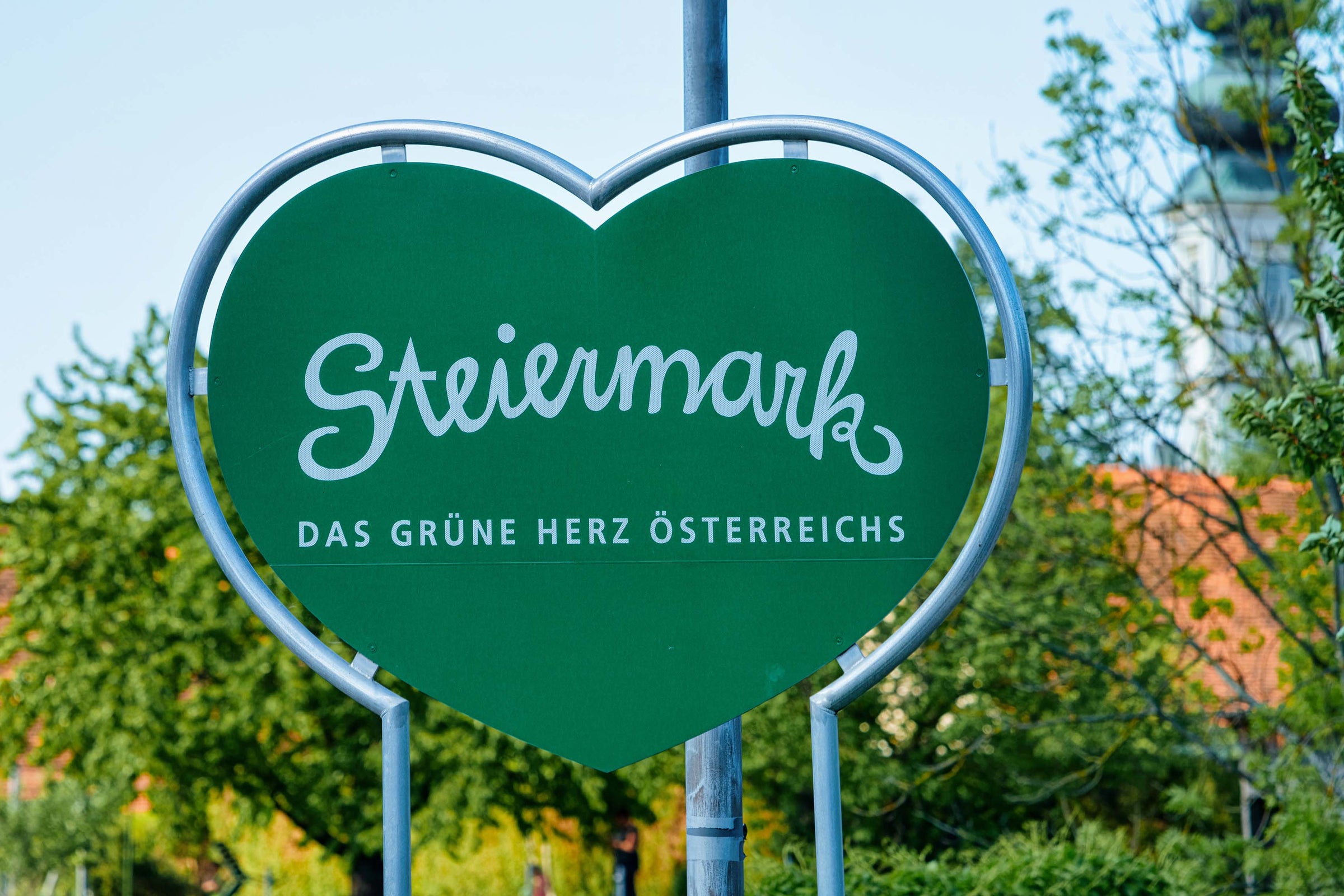I don’t think I’m alone in saying that the last two months have felt like two exhausting years fueled by cabin fever and ennui, and although the light at the end of the tunnel seems to be approaching, the majority of us are still bunkered down, listless and tight-fisted. I don’t write this to state the obvious, but rather to explain just how much of a godsend wines like today can be.
Zantho’s aged Zweigelt is an instant, economical cure for your isolation: Not only does it carry a remarkable sense of identity that transports you right into the vine-covered pastures of Austria, but it also comes in at a wildly affordable $18, all while delivering juicy red-fruited energy and pulsing mineral savor. It’s the most affordable red value we’ve managed to find this year, and I’m sure a look into our archives would put it right up there with the all-time greats. At this price, securing a case is a no-brainer. I know you’ll put it to good use, too, because whether we’re locked down for another couple weeks or months, this is the guilt-free answer to escaping reality for a few hours. Enjoy this outrageously delicious Austrian stunner!
Here at SommSelect, we’ve been giving more and more airtime to red wines from Germany and Austria—not just some of the best Pinot Noir values on the market right now but other reds from native grapes like Blaufränkisch, Sankt Laurent, and Zweigelt. There’s a wild-berry fruit component and a crushed-rock minerality to these reds that reminds me a little bit of Cru Beaujolais, but one of the true defining points is that it is its own thing: A classic red wine of place that simply doesn’t have as much international exposure as those others.
Many of you are familiar with Josef “Pepi” Umathum, one of Austria’s great red wine specialists crafting impeccably pure expressions of Zweigelt—of which we’ve offered multiple times. But today’s label, Zantho, is made in concert with Wolfgang Peck of Winzerkeller Andau, a highly revered Austrian cooperative. It’s a simple partnership: Umathum oversees the sustainably farmed vines and Peck makes the wine. This marriage of superpowers ultimately results in a generously priced wine that sacrifices nothing in the quality department.
Neusiedlersee, grown in the rolling hills around Lake Neusiedl, is a subzone of the broader Burgenland DAC. It is considered Austria’s premier red-wine growing zone, effectively part of the broader Pannonian plain, with hot, dry conditions in the summer and relatively mild winters. Soils are predominantly sandy loam with some gravel and silt. Zweigelt (a.k.a. Rotburger) is now the most-planted red grape variety in the region, having been created from a cross of Blaufränkisch and Sankt Laurent (the latter thought to share parentage with Pinot Noir).
After Umathum’s team finishes harvesting, the Zweigelt is transported to Winzerkeller Andau where the wine is fermented and briefly aged in large stainless steel vats. Today’s 2016 has now acquired two extra years in bottle and still reads as a wonderfully bright, buoyant, floral, and fruity red with lip-smacking freshness and soft, barely perceptible tannins. It reveals a ruby red core in the glass and delivers juicy, joyful aromatics underpinned with palpable minerality. The palate vibrates with red cherry, redcurrant, wild strawberry, red and black plum, orange zest, pomegranate, crushed stones, iron, and underbrush. It’s insanely mouthwatering and hardly showing its four years of age. You may be under the impression that these wines are ready to drink the moment they’re bottled, but Zantho pushes the envelope: their Zweigelt really start coming alive at 3-5 years of age, meaning today’s 2016 is in a perfect spot! Cheers!


